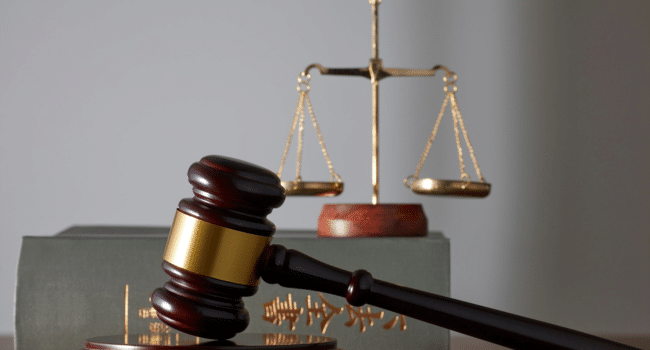Table of Contents
Court proceedings rarely move in a straight line. Delays, rescheduling, and procedural adjustments are part of the judicial process. Among these, a continuance—a formal postponement of a hearing or trial—can have significant consequences for everyone involved. Understanding the average duration of a continuance and the factors influencing it helps litigants prepare for the realities of the courtroom.
What Is a Court Continuance?
A continuance is a delay granted by the court, moving a scheduled hearing, trial, or other proceeding to a future date. Judges may grant them for various reasons, such as scheduling conflicts, the need for additional evidence, or unexpected circumstances affecting either party. While some continuances are brief, others can stretch out for weeks or even months, depending on the complexity of the case and the court’s calendar.
How Long Is a Continuance in Court?
The length of a continuance is not fixed. In many jurisdictions, the average continuance may range from a few days to several weeks, with criminal cases often prioritized for shorter delays. Civil cases, by contrast, may be postponed for one to three months or more, particularly when large dockets or discovery disputes are involved. Ultimately, the timeline hinges on judicial discretion, court availability, and the justification for the delay.
Factors That Influence the Duration
Several variables shape how long a continuance might last:
- Court Schedule: Overcrowded dockets in busy jurisdictions can push cases months ahead.
- Nature of the Case: Criminal cases are generally expedited due to constitutional rights to a speedy trial, while civil disputes face longer postponements.
- Reason for the Request: Medical emergencies, unavailability of key witnesses, or new evidence typically result in shorter delays, whereas complex discovery issues may warrant lengthy continuances.
- Attorney Availability: Conflicts in attorney schedules can lead to new trial dates set far into the future.
- Judicial Discretion: Judges weigh fairness, necessity, and potential prejudice before setting a new date.
Continuances in Criminal vs. Civil Cases
In criminal courts, defendants possess constitutional protections that limit indefinite postponements. A judge may grant continuances lasting one to four weeks, though longer delays can occur in major felony trials. Civil courts, however, are more flexible. Contract disputes, personal injury claims, and family law cases may face continuances of several months, particularly when expert testimony or discovery conflicts arise. The distinction reflects the balance between efficiency and due process.
Potential Consequences of a Continuance
While continuances provide necessary breathing room, they also carry implications. For plaintiffs or victims, delays may prolong emotional distress or financial hardship. For defendants, the waiting period can increase anxiety and uncertainty. Attorneys may use continuances strategically to strengthen arguments, but repeated delays can erode confidence in the judicial system. Each postponement shifts the timeline of justice, reminding litigants that patience is often part of the process.
How to Prepare for a Continuance
Litigants should remain proactive when a continuance is granted. Communicating with attorneys, gathering additional evidence, and preparing witness testimony during the delay can strengthen a case. It is also prudent to maintain realistic expectations, understanding that court timelines are rarely predictable. By viewing the continuance as an opportunity rather than merely an obstacle, parties can use the additional time to their advantage.
Conclusion
A continuance is more than a delay—it is a recalibration of the judicial timetable. The answer to the question, “How long is a continuance in court?” depends on the type of case, the reason for the request, and the court’s capacity. Some may last only days, others months. By understanding the average length of a continuance and the factors that influence it, individuals can better prepare for the inevitable twists and turns of the legal system.
